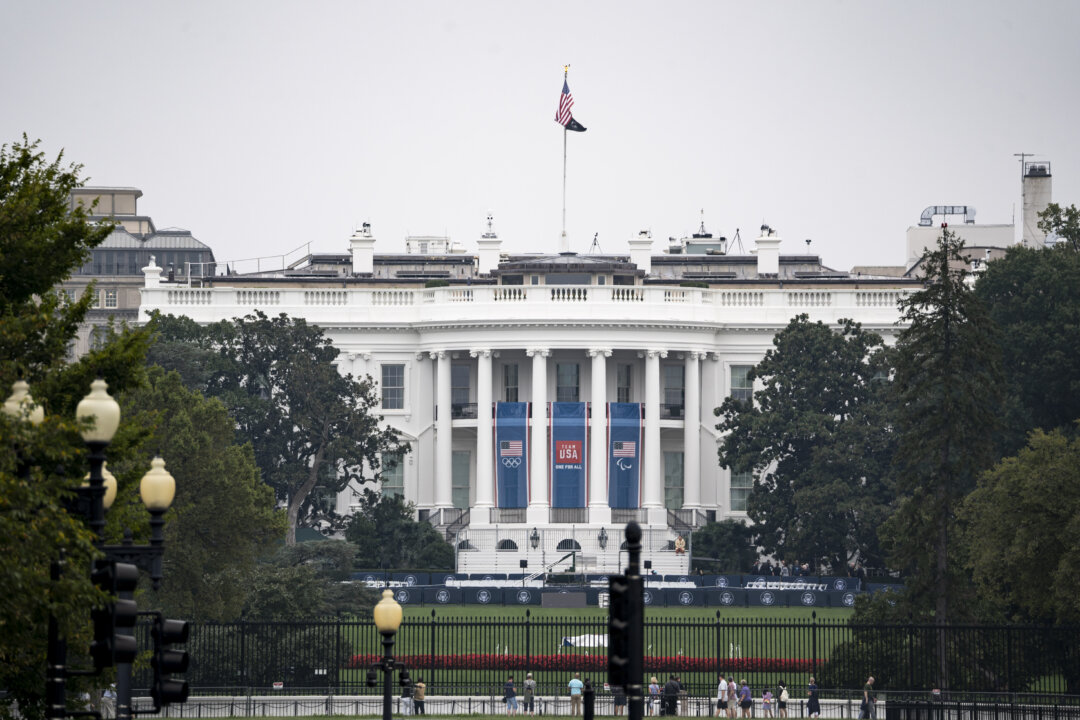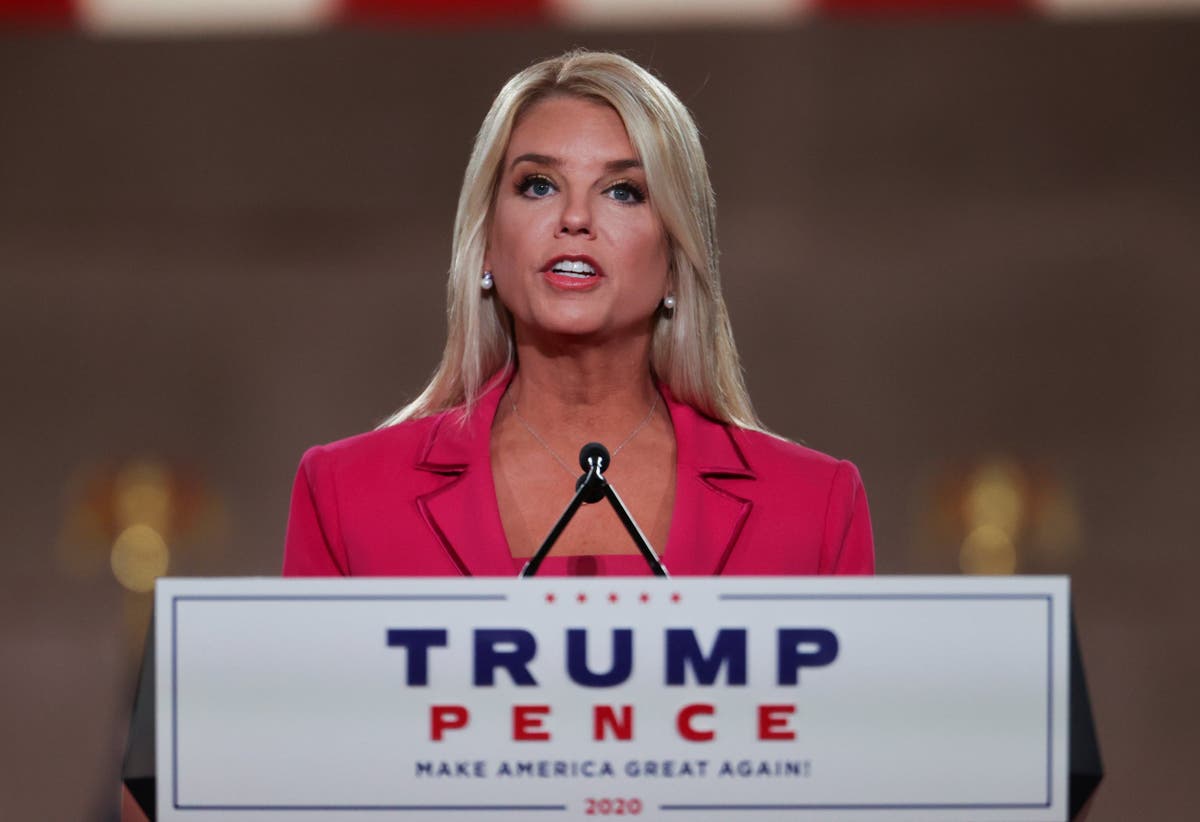
There are 77 days between the Nov. 5 election and the Jan. 20, 2025, inauguration of the next president, during which time the president-elect will ready his or her administration to take over from President Joe Biden.
The Electoral Count Reform Act will take effect this year, ensuring that five days after the election, the team of the winning candidate (or both candidates if the winner is not yet identified), will begin readying for the White House. Unless another authority is designated by state law, the act appoints governors as the principal officials responsible for filing certificates of state presidential electors. By providing expedited court review of matters pertaining to electors, it guarantees that Congress can establish a final slate of electors.
The vice president’s involvement in the electoral vote count is defined by the new act as purely ceremonial, and he or she is not given any power to affect the count in any way. It also reduces the possibility of challenges by raising the threshold for congressional objections to one-fifth of each house. Previously, a single member of both chambers was needed to enter an objection to an elector or slate of electors.
Additionally, the General Services Administration (GSA) is now required to provide money to both candidates in the event that a candidate does not withdraw their candidacy within five days following the election. This change affects the presidential transition process. The GSA will cut off financing to the unsuccessful campaign once the results are finalized.
The initial responsibility of the successful candidate is to acquire knowledge of the current agency missions, policies, and ongoing projects, as well as to commence the process of filling political positions in the executive branch, ranging from Cabinet secretaries to press assistants. The new team is provided guidance by career leaders and appointees from the outgoing administration to assist in the launch of its government. They also provide briefings on significant issues and facilitate inquiries.
An orderly transition has long been dependent on the flow of resources. Delays occurred following the 2020 presidential election as President Donald Trump questioned the validity of the election results as they were being reported. Because Trump was contesting the results in court, there was a delay in the start of the transition from Election Day on Nov.
3, 2020, to Nov. 23. Emily Murphy, then head of the GSA, reviewed the transition law from 1963 and concluded that she lacked the legal authority to determine a winner and commence funding and collaboration with the transition to a Biden administration.
However, the new law also effectively mandates federal support and cooperation for both candidates to initiate a transition. It is stated that such support should persist until “significant legal challenges” that could affect electoral outcomes have been “substantially resolved” or until electors from each state convene in December to formally select an Electoral College winner. Under this mandate, Trump and Vice President Kamala Harris may find themselves forming rival administrations for weeks.
During a committee hearing on the Electoral Count Act on Aug. 3 that year, Sen. Joe Manchin (I-W.
Va.) said, “We were all there on Jan. 6 .
.. We have a duty [and] responsibility to make sure it never happens again.
” Manchin was referring to the events on Jan. 6, 2021, when protesters breached the U.S.
Capitol while Congress was counting electoral votes. Sen. Susan Collins (R-Maine) said in her testimony: “In four out of the past six presidential elections, the Electoral Count Act’s process for counting electoral votes has been abused with frivolous objections being raised by members of both parties.
But it took the violent breach of the Capitol on Jan. 6 to really shine a spotlight on how urgent the need for reform was.”.














